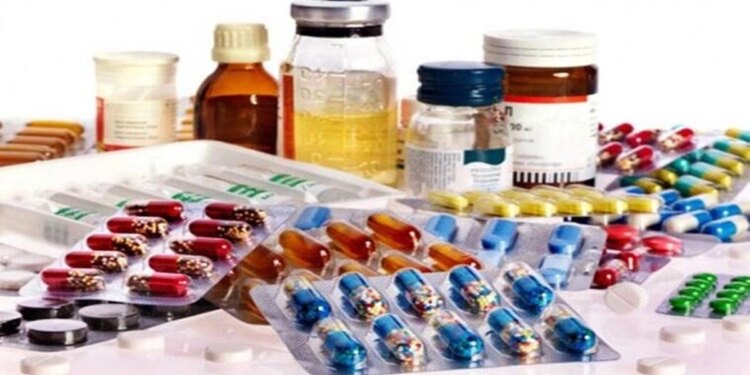By Sanjeev Jain
When compared to other formulations, parenteral drugs are considered one of the most effective because they are administered directly into the body using injections. This means they get in touch with the tissues, circulatory system and bloodstream more quickly and can get right to work.
However, parenteral drugs are also quite delicate and must be handled with care because they are introduced directly into the bloodstream. This means they must be pure and free from microbiological contamination, and must be kept sterile, valid, and stable. As the form of administration with the best control in terms of rate and dosage, they also offer predictability in pharmaco-dynamic and pharmacokinetic profiles. But without sterility, complications can arise.
Parenteral drugs and formulations: landscape and Complications
With projections valuing the global injectable drug delivery market at $1.2 trillion by 2027, growing at a CAGR of 12.9%, the world is moving at an unprecedented pace as far as the development of parenteral formulations are concerned. This is also primarily caused by a rise in the demand for drugs that do better with direct injectable administration, including insulin, cardiovascular emergencies, and anaphylactic shock. In India, the market value of generic injectables is expected to reach $4.4 billion by 2027 after rising to $2.1 billion in 2021.
If the Indian parenteral drug market is estimated to rise by over 100% in six years- from 2021 to 2027- it creates a necessity for pharmaceutical companies to carefully assess the Contract Development and Manufacturing Organisation (CDMO) they engage to produce such formulations. This is not just because when not given due attention at source, it costs a lot of time and money to correct sterility-related issues in pharmaceuticals. What’s more, bioburden and endotoxin contamination where sterility is compromised can lead to serious consequences.
Evaluating CDMO capability for parenteral formulations’ sterility and validity
The most critical step is to ensure sterility is preserved throughout the lifetime of the product and discrepancies are nullified to avoid any quality complications. Quality conscious CDMOs usually pay closer attention to this issue by complying with the multi-stage sterilization process as defined in Drugs and Cosmetic rule book. This involves separate sterilization of the product, its container, and the closure before assemblage is done. The filling process must be done in a high-quality environment that is sterilized and that maintains the appropriate room conditions.
For instance, using an aseptic filling technology will help attain the best filling speed, flexibility, and precision, while also ensuring the product and its container maintain the highest level of sterility from start to finish. Again, it is important that CDMO is equipped with machines for process simulation and maintains the highest standards of procedural control at every step. The subsequent critical step would be to ensure terminal sterilization so that filling and sealing of high and small volume products are done under the best environmental conditions based on the nature of each product.
This must also be applied in the packaging stage, so that sterility is assured throughout the entire process. The vials and liquid glass ampoules also need to be examined using filtration to strictly prevent microbes and particle contents finding their way into the product. Microbes require conducive temperature and humidity to thrive, hence it is utmost important the manufacturing facility must be evaluated to ensure the right ventilation, requisite temperature, specific matter count and relative humidity which are few among many criteria; all of which are also vital for each life-saving parenteral formulation.
Towards a contamination-free parenteral drug industry
Pharmaceutical companies can avoid spending millions of dollars in reparation and decontamination measures, arising from production halting, equipment failure, energy waste, and long-term investigations. In another vein, there is the incidence of withdrawal of products from the market when contamination is detected. This can badly affect the brand’s reputation and result in huge losses. The way to go is to prevent it from the very beginning by identifying the right CDMO and partnering with them to produce the highest-quality products. The ideal CDMO will run internationally certified and approved facilities, as well as adhere to the standards of current Good Manufacturing Practices (cGMP).
(The author is the Jt. Managing Director, Akums Drugs and pharmaceuticals. Views expressed are personal and do not reflect the official position or policy of the FinancialExpress.com.)















